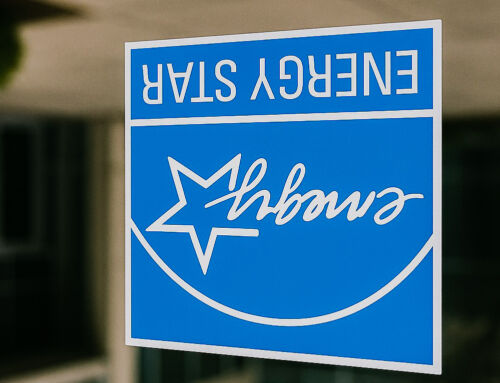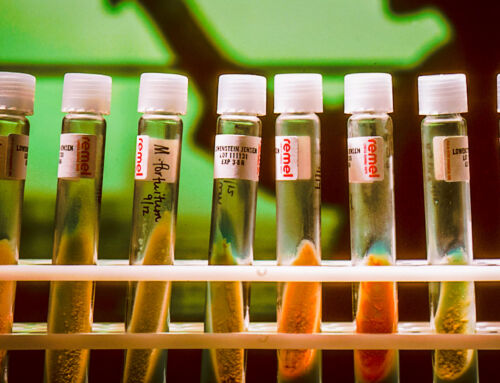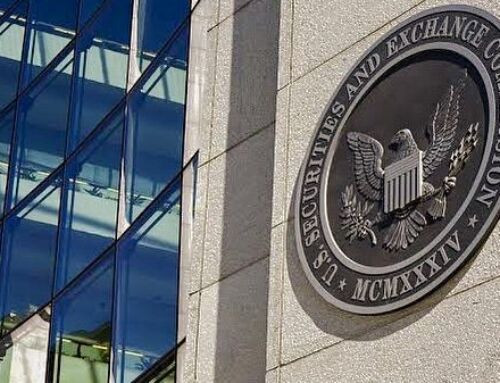View by Topic
Recent Articles
-
Energy Star: A Quiet Exit and a Bright Future Beyond GovernmentSaturday, June 7th, 2025
-
Congress Blocks California’s Gasoline Car BanSaturday, May 31st, 2025
-
EPA Will Keep Current Limits for “Forever Chemicals” in Drinking WaterSaturday, May 24th, 2025
-
Court Indefinitely Pauses SEC Climate Rule LitigationSaturday, May 17th, 2025
-
Maryland is About to Regulate Mold But is the Cart Before the HorseSaturday, May 10th, 2025
View by Month/Year
“Green Building Law Update” Headlines
Recent Articles & News from
Stuart Kaplow’s blog
at GreenBuildingLawUpdate.com
- Congress Blocks California’s Gasoline Car Ban: A Legal and Policy Analysis June 1, 2025
- EPA Will Keep Current Limits for “Forever Chemicals” in Drinking Water May 25, 2025
- Court Indefinitely Pauses SEC Climate Rule Litigation May 18, 2025
- Maryland is About to Regulate Mold: But is the Cart Before the Horse? May 11, 2025
Subscribe to the Green Building Law Update!
Stuart Kaplow brings his expertise and extensive experience to the table with his unique digital publication, "Green Building Law Update". Subscribers receive regular updates to keep them informed about important issues surrounding Environmental Law, Green Building & Real Estate Law, as well as the emerging demand for Environmental Social Governance (ESG).
Get fresh content through the lense of Stuart Kaplow's cutting-edge expertise, innovative commentary and insider perspective. Don't miss another issue! Subscribe below.
Green Building will be Mandatory in Howard County, Maryland
Howard County, Maryland is becoming a national leader in Green Building, transforming the local real estate industry with “mandatory” energy efficiency and environmental design standards.
Green Building has created quite the buzz. Everyone is talking about it – from Wired magazine, to Elle, to Vanity Fair. It’s a topic so popular, that a Google search yields over 8 million hits.
Green Building is the practice of creating more resource efficient buildings and their sites through the use of materials, energy, and water, reducing building impacts on human health and the environment, through better design, siting, construction, operation, maintenance, renovation, and demolition – the complete building life cycle.
In early 2005, Washington became the first state in the U.S. to enact mandatory Green Building legislation for all public facilities with a floor area exceeding 5,000 square feet. In 2006, Charlottesville, Virginia became one of the first towns in the U.S. to enact mandatory Green Building legislation requiring ‘private’ building to meet or exceed the U.S. Green Building Council’s ‘Leadership in Energy and Environmental Design’ (LEED) standards in construction or renovation.
Earlier this year, Montgomery County became the first jurisdiction in Maryland to enact mandatory Green Building standards. Effective September 1, 2008, all newly constructed or “extensively modified” non-residential and multi-family residential buildings 10,000 square feet or greater in Montgomery County will be required to meet LEED standards.
On July 30, 2007 Howard County enacted three pieces of Green legislation that become effective on July 1, 2008 (in advance of the Montgomery County law).
Bill 47-2007 Mandates Green Building
Bill 47-2007 will require certain new buildings achieve specific standards relating to energy efficiency and environmental design. The to be mandated Green Buildings are all “new construction of buildings that are not publicly funded and have 50,000 square feet or more ..” including businesses, institutional uses, apartments 5 stories or higher, and mixed use projects.
Those “non-publicly” funded buildings will be required to reach a LEED certified rating (the LEED system ranks certified, silver, gold, and platinum – based on points compiled in a Green Building checklist). The certifications must be under either LEED New Construction version 2.2 or LEED Core & Shell version 2.0. (Core & Shell is the LEED standard where the owner does not control the interior design and fit-out.)
Additionally, all “publicly funded buildings 10,000 square feet or more” are also subject to the enactment, with the exception of jails and schools. Publicly funded is defined as the County financing at least 30% of the cost of new construction, which will likely include other institutions like the community college and the library system, and a lease of greater than 20 years. These buildings will be required to reach a LEED silver rating.
The express language of the law is “comply with energy and environmental design standards that the director may identify by regulation as equivalent to the appropriate LEED rating system.” This language allows the County to issue regulations accepting another complimentary standard should it become an accepted industry norm. While Green Globes will likely gain acceptance when it is approved as an ANSI standard in the 4th quarter of 2007, for the time being, LEED presents the only widely accepted standard.
The new code provisions, provide that “during the site development plan application phase the applicant must submit: documentation showing the project is registered with the U.S. Green Building Council; and, a LEED checklist prepared and signed by a LEED accredited professional.”
An expedited review is available from the County for plans and permitting for gold and platinum certification.
Again “during the building permit phase the applicant must submit .. an updated checklist prepared and signed by LEED accredited professional.” And “during use & occupancy permit phase the applicant must submit .. documents demonstrating that the building design and submittal requirements have been reviewed” by a ‘to be created’ County green building commissioning team. Finally, “within 36 months of receipt of use and occupancy certificate, or until the U.S. Green Building Council has finished their review process (including any appeals), applicant must provide proof that the required LEED – level rating was attained.”
The enactment does provide for waivers. The tough standard to attain a waiver is “where by reason of unique physical characteristics of the property, including exceptional topographic conditions, shape or size of the property, strict compliance with the requirements of this Subtitle would result in unwarranted hardship”. In the event a waiver is granted, the applicant must pay a fee-in-lieu to a newly established Green Building Fund.
As noted above, these new requirements go into effect for all buildings filing a site development plan after June 30, 2008.
Bill 48-2007 Green Neighborhoods
The second of the three bills enacted, 48 – 2007 advantages Green Neighborhoods by amending the County Adequate Public Facilities regulations to allow modifications to the General Plan projections for housing allocations. The legislation allows shifting up to 100 housing allocations per year from the Rural West to a new category of “green neighborhood” housing allocations. The intent of the legislation is to use housing allocations as an incentive to promote the development of more environmentally sustainable neighborhoods.
However, the County Council tabled action on Resolution 89 – 2007, which would have adopted the specific standards for a “green neighborhood”. The proposed standards were a modified checklist created for the LEED Green Neighborhood pilot project that is not expected to be finalized until late 2009, so it is not surprising that the County will do more work on the standards for what is a Green Neighborhood development in advance of finalizing this program.
Among the criticism of these Green efforts is that affordable housing is lost in the name of conserving the environment.
Bill 49 – 2007 Property Tax Credits
Council Bill 49 – 2007 enacts a tax credit for certain high performance buildings. “A high performance building is defined as a building that: (1) Achieves at least a silver rating according to the .. LEED rating system; (2) Achieves at least a comparable rating according to design standards that the Director of the Department of Inspections, Licenses and Permits may identify by regulation as equivalent to a silver rating in the LEED rating system; or (3) Meets comparable green building guidelines or standards approved by the State.”
The credit will be against property taxes imposed on the building.
The owner of a building that is certified in Core and Shell or New Construction may receive a 5 – year tax credit in the following percentages: 25% for silver, 50% for gold, or 75% for platinum. The owner of a building that is certified in the Existing Building rating system may receive a 3 – year tax credit in the following percentages: 10% for silver, 25% for gold, or 50% for platinum.
The credit will apply beginning with fiscal year 2009 and the Department of Finance will administer the credit.
Conclusion
Given that the U.S. EPA describes buildings as contributing over 38% of the U.S.’s total carbon dioxide emissions, Green Building is an important part of the solution to slowing global warming.
Green Building will be mandatory in Howard County for most buildings after June 30, 2008.
For a compilation of Green Building laws in Maryland see the article, Green Building Is Hip in Maryland on our law firm website at www.stuartkaplow.com









